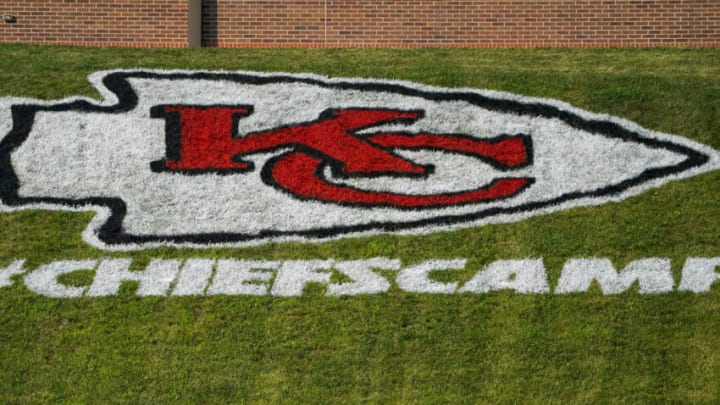Imagining a minor-league system for Kansas City Chiefs
By Jacob Milham

Who would be on a Chiefs developmental team in 2022?
A few players in the offseason and preseason usually become fan favorites to make the roster. But, coaches may need different players for different things, or need these fan favorites to develop more before making the 53-man roster. That is why having a smaller roster on a developmental team would help build team depth or provide players opportunities every game.
There are some intriguing players on the Chiefs roster today that are long-shots for the 53-man roster. Rose is one that comes to mind, as a productive college player with adequate physical stats, but the Chiefs are set at linebacker. Another is offensive weapon Jerrion Ealy. If running back Isaih Pacheco was not in Kansas City, Ealy would likely have his spot. But Ealy needs more time to develop as a wide receiver before he can contribute to Kansas City. Quarterback Dustin Crum, defensive end Malik Herring, and linebacker Jack Cochrane are other fringe-roster players who would benefit from a developmental team.
It could also provide a growing opportunity for up-and-coming coaching candidates. If Kansas City wanted to test a coach, such as Boston College defensive coordinator Tem Lukabu, at a low-risk, high-reward position, a developmental team could be just that. Plus, the coaches might have more freedom to implement their own schemes and tactics.
Is this even possible?
The phrase “unlikely, but possible” succinctly describes an NFL developmental system. There are several dominoes that need to fall before the first snap of any minor-league football. Roster sizes, locations, contractual details—all these need to be negotiated and agreed to by several people with more important things.
The good news is that those same people agree that the NFL would benefit from a developmental system. It would expand the game’s reach, at a time when football’s player pipeline continues to shrink. Plus, just like minor-league baseball does, developmental football teams could provide a fun, looser alternative to NFL teams. Crazy touchdown celebrations? Go for it. Weird mascots and names? Sure! Point is, despite the extra headaches and financial responsibility, developmental football would benefit players and fans alike.
The Chiefs’ outlook would most likely run through St. Louis. The biggest market with proven football history. St. Louis would really fit well with Kansas City. It may not happen this decade, but hopefully, the NFL will expand in this manner in the future.
dark. Next. Ranking the Chiefs top 15 draft picks ever